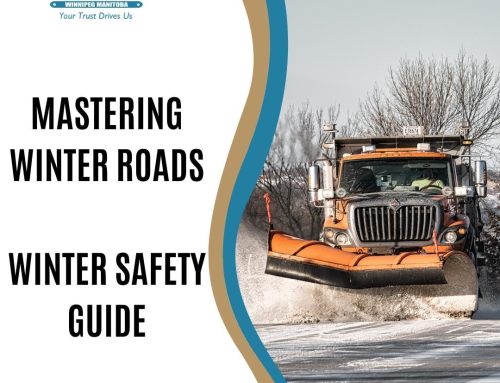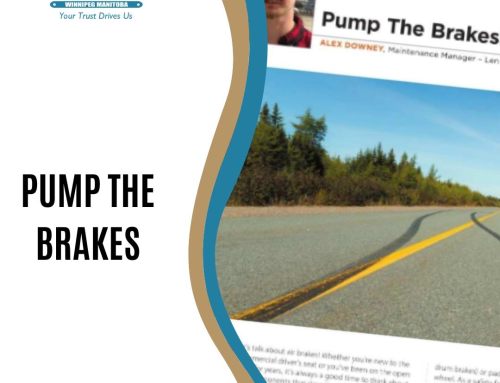 Driving Through Fog isn’t Fun, but it can be Done
Driving Through Fog isn’t Fun, but it can be Done
You will almost certainly run into a few hazardous situations during your trucking career – specifically with Mother Nature. One of these situations is fog, which obviously makes the very visual job of driving difficult and unsafe. But sometimes, it just can’t be avoided. Check out this list of how to reduce risk when driving through fog.
Slow Down
When hazardous driving conditions arise, it’s usually a good rule of thumb to reduce your speed as a first step. The reason for this is because driving at a reduced speed will give you more time to react if traffic stops or other hazards appear on the roadway ahead of you.
Increase Your Following Distance
Situations with low visibility like fog create the perfect conditions for pileups. It doesn’t take a lot for this to happen. All it takes is one wrong move by aggressive or skittish drivers to cause a chain reaction of crashes. To help limit the effect and to be prepared, make sure you maintain a safe following distance.
Use Your Lights
When driving through the fog during daylight, it is essential to make sure you turn your lights on to help other drivers see you. At night, you may be tempted to use your brights, but that won’t work; the stronger beams of light will reflect off the water particles in the fog and make it appear denser. Keep your headlights on and turn on your fog lamps to help increase your visibility.
Put the Defrost on
Where there’s fog, there’s high humidity, meaning that blasting the defrost is a must to avoid your windshield from fogging up. Even if it’s not raining, using your wipers is also beneficial to keep the windshield as clear as possible.
Focus
You always have to focus on the road (obviously), but it’s time to avoid all distractions when you’re in a hazardous situation. Turn the radio off and even roll down your window. This will help you hear other traffic on the road
Come to a Stop Cautiously
Many drivers follow the lights ahead of them in situations like fog, usually a tad too close, even in fear of losing their only “guiding light.” This means you will probably have a vehicle attached to you. To avoid an attack, avoid sudden speed changes of any kind and hard braking by gently applying your brakes, tapping them even, to alert the traffic behind you that you are slowing down or stopping in front of them.
Be Aware of Insecure Drivers
The truth is even professional and seasoned drivers can find it daunting when driving in extremely reduced visibility – and for a good reason. But now imagine, or even think back, when you were just some Average Joe driver who possibly doesn’t have much experience when driving in a hazardous situation like this. When you’re driving in fog, many motorists around you are probably more scared than you are and don’t have the same training or experience as you. It’s important to drive defensively and be prepared for poor decision-making by the motorists around you.
Park if You can
As with many hazardous situations where visibility is reduced, it’s best to park and wait it out – if you’re able to do it safely. You should not pull over and stop on the should as this can be very dangerous. Keep driving while looking for an adequate parking lot or service road to use.





